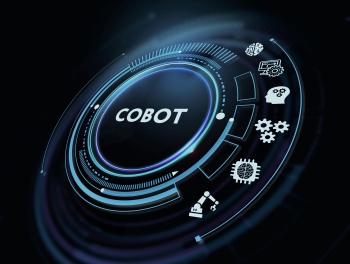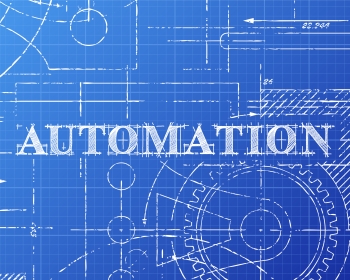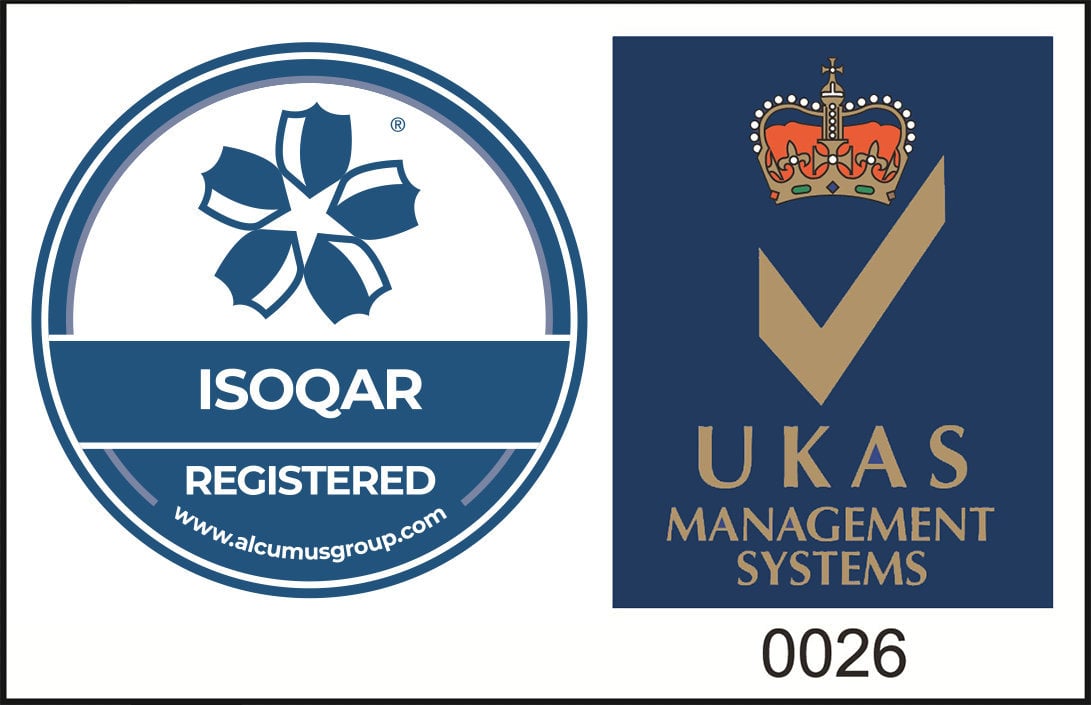
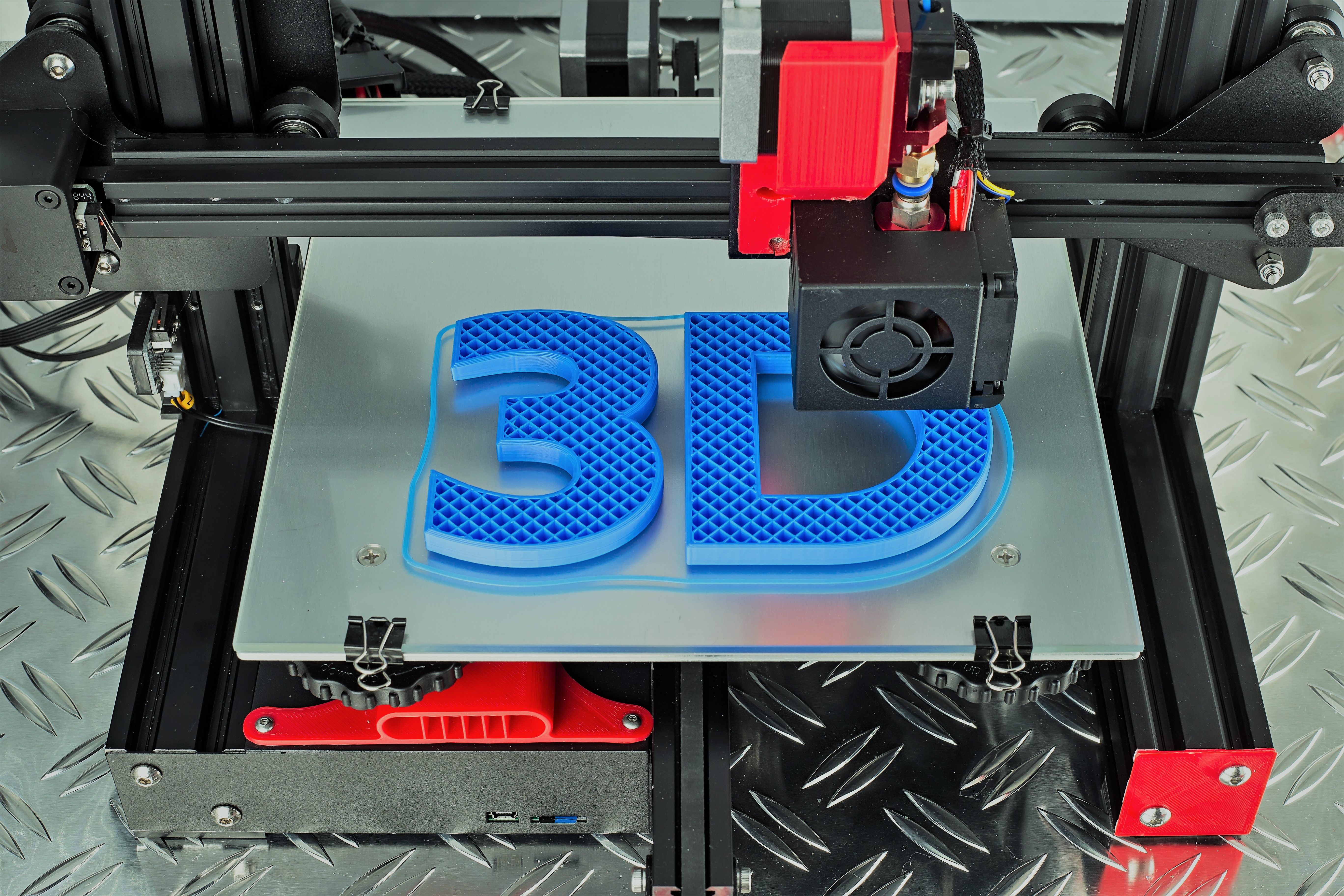
Hot Off The Press: How is 3D printing making an impression on modern day manufacturing?
Published: 09/12/2022
Hot Off The Press: How is 3D printing making an impression on manufacturing?
As children we are told to never judge a book by its cover and the same can be said for 3D printed products or components. On the surface, it may seem like a simple process with few industry applications, however 3D printing (otherwise known as additive manufacturing) has become a dominant force in the manufacturing process, opening doors to many more possibilities.
While subtractive manufacturing requires a manual or CNC machining approach to cutting away material from a solid block and injection moulding (as the name suggests) calls for costly moulds to be made and injected with heated material, 3D printing arguably beats both of its competitors with a list of benefits seemingly longer than a Lord of the Rings movie:
So, let's take a look at the inner workings of additive manufacturing, go beyond the cover and delve into the history, modern day applications and how industrial automation is enhancing the technology.
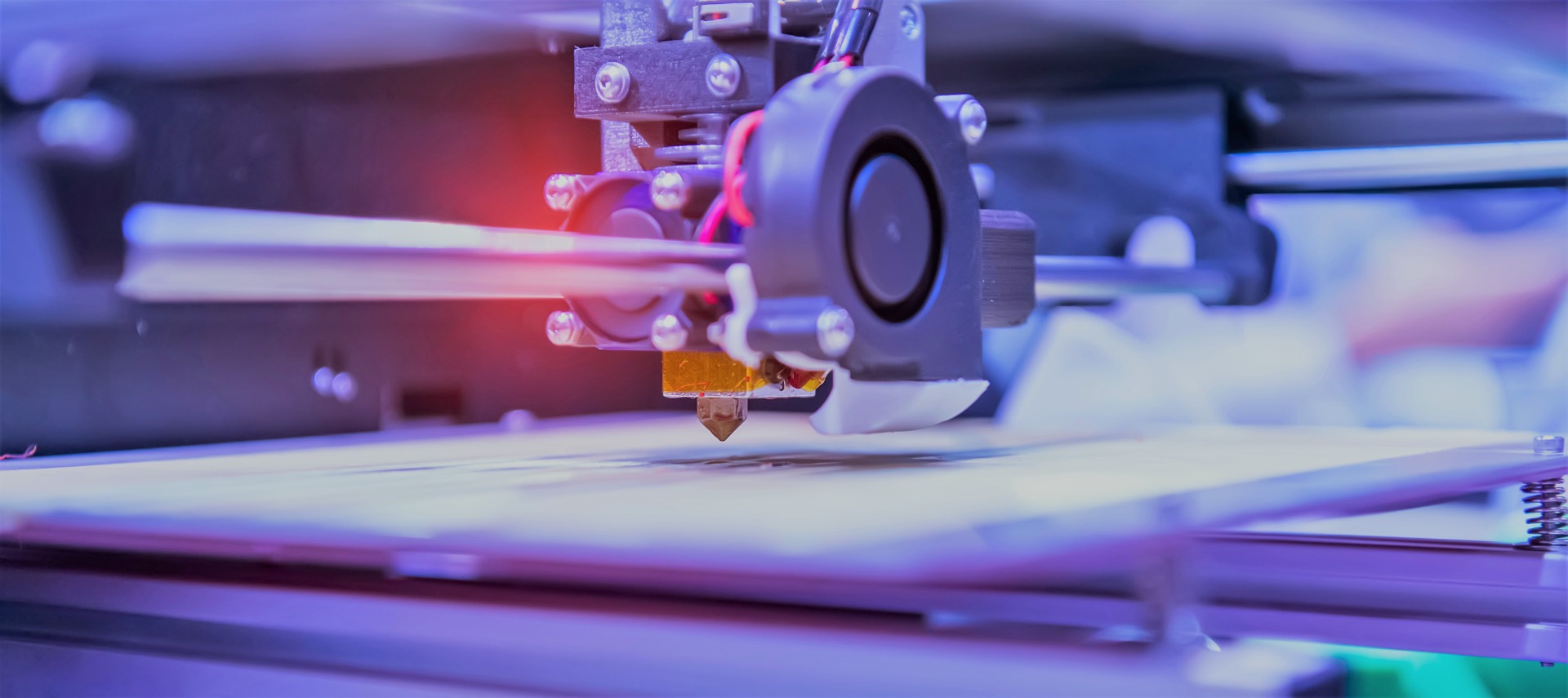
Extra! Extra! Read All About the History of Printing!
Way back during the Tang dynasty in the sixth century, woodblock printing marked the beginning of a very long and innovative journey to where printing is today. Wooden tools were engraved, dipped in ink and pressed onto the chosen material to produce a print, arguably one of the most prolific inventions to emerge from Ancient China according to historians. This woodblock printing technique was even used to produce books, most notably the sacred Buddhist text Diamond Sutra which is compiled of six thousand words over a seventeen foot scroll, acknowledged as the oldest known printed book. The ability to replicate the same design repeatedly using the same wooden tool is echoed in modern day automated printing. In 1041, China continued their pioneership with the invention of wooden movable type printing. In contrast to woodblock printing , individual letters were carved and placed in the desired order as opposed to printing one large block which took a considerable amount of time and was a single purpose tool.
Building on the foundations laid by China, in the 1400s Johann Gutenberg invented the printing press which was a revolutionary speed enhancing creation. You may have heard through the grapevine that in the beginning of his creative process, Gutenberg began with a winepress and converted it to a printing press using lead characters and oil-based ink. Well you heard correctly, Gutenberg kicked vinification to the curb and modified this existing creation for his own means, making printed publications available to the masses, increasing levels of education and bridging the gap between the wealthy and the poor.
In 1847, Richard March Hoe patented and commercialised the first rotary press which initially required someone to manually place the paper into the machine which rotated and was printed by the cylinders which contained the characters. Just over a decade later, the machine was innovated by William Bullock who incorporated a continuous roll of paper which was designed specifically for the curved cylinders, introducing double sided printing and cutting each page once complete. This new and improved machine could reportedly print eight thousand sheets of paper in a single hour which made it increasingly popular for newspaper publications.
Jumping forward to the 1970s, Xerox developed the laser printer and began to introduce electronic processes. The laser technology communicates the image to an internal photosensitive cylinder which then transfers the image onto paper. Now, in comparison with the inaugural rotary press period where eight thousand pages an hour was revolutionary, the laser printer printed a staggering twenty thousand lines in just sixty seconds.
Over the course of time, we have witnessed the world of printing undergo a periodical metamorphosis with enhanced speed, simplified human intervention and an increasing number of industry applications. 3D printing took centre stage in the early 1980s as Charles Hull filed a patent for stereolithography and took it to the commercial market. Hull manufactured a machine called the SLA-1 which used ultraviolet rays targeted at a liquid photopolymer and using a computer, multiple cured layers were built on top of one another to form the end product.
Although Hull was the first to patent 3D printing, in modern times there are many technologies available which work with varied materials and use the same principles but different methodologies to effectively 3D print. While once a costly initial investment for manufacturers, the art of 3D printing has become more commonplace across the world and in countless sectors from architecture to aerospace, automotive to healthcare.
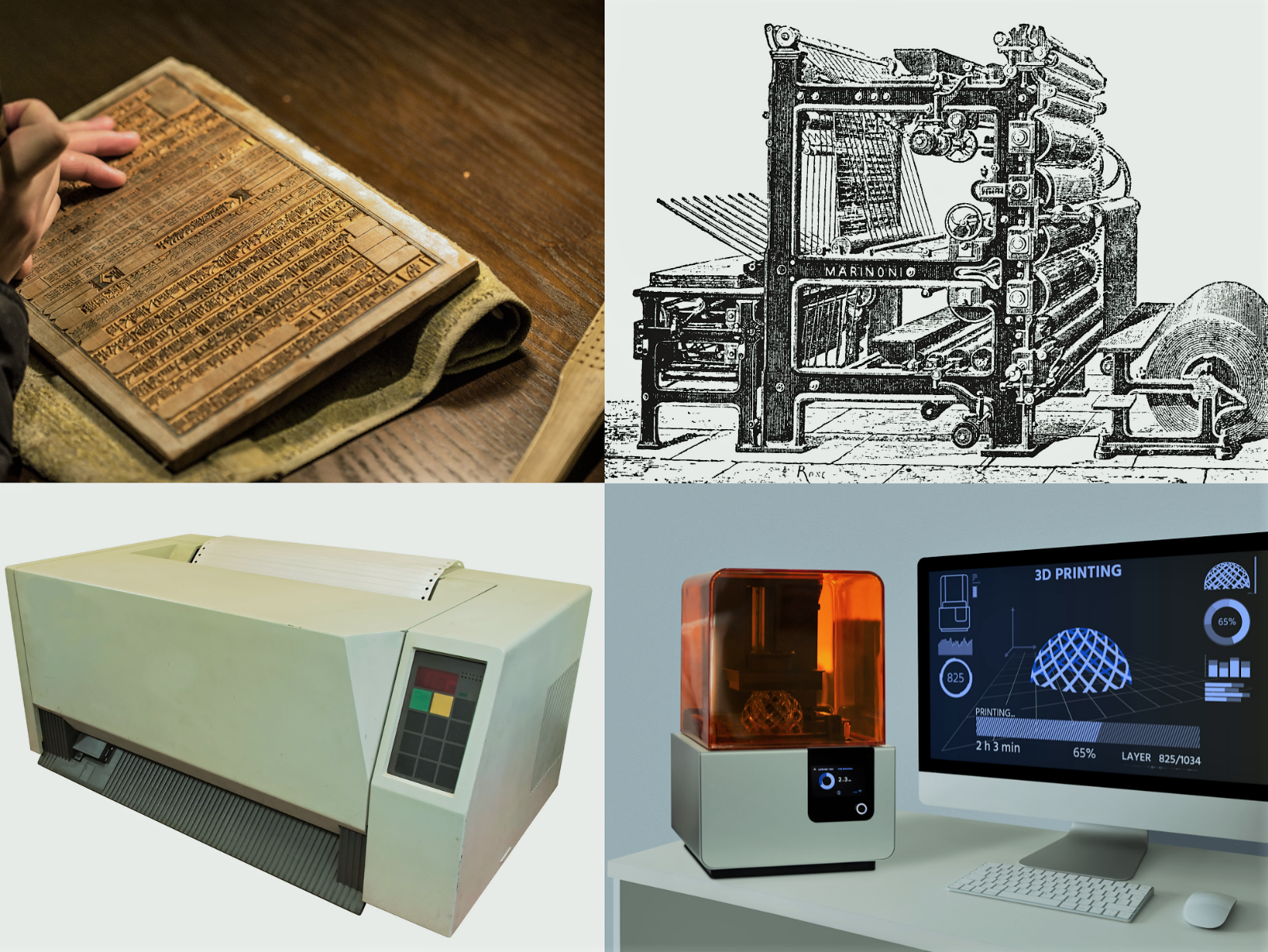
What are the modern day applications of additive manufacturing?
Under The Bonnet of Automotive Manufacturing
3D printing has certainly made its mark on the automotive industry and is most known as additive manufacturing, capable of printing with a wide variety of materials. The machine creates the component in layers and minimises the need for welding which takes a longer period of time to merge the desired materials together. 3D printers Wohlers conducted market research which revealed that just over 16% of all 3D printing carried out in 2015 was attributed to the automotive industry. Six years later, it is safe to say that this number is inflating. Rapid prototyping at lower costs becomes a possibility and customisation transforms into an endless realm. This form of robotic manufacturing allows for the condensation of the supply chain with OEMs utilising 3D printing as opposed to waiting for third parties to import finished automobile components. Peter Bartels of Volkswagen views 3D printing as “additional capabilities that strengthen 3D printing operations and allow further optimization of the design process.”
With electric vehicles becoming increasingly popular (accounting for 7.2% of car sales in 2021), manufacturers are well aware of the impending ban of petrol and diesel cars on the horizon. From 2030 and as this ban comes into action, new vehicles must be electric. 3D printing has already demonstrated its aptitude for this, creating Olli the electric minibus in 2016 where 80% of its parts were printed. Manufacturer Local Motors also created an electric two seated vehicle consisting of 75% printed components. With these significant developments, 3D printing and automation go hand in hand to further optimise the automotive manufacturing process, plugging into the future and making the switch to the electric lane.
Examining The Medical Applications
In 2000, the first 3D printed kidney was created using a bioprinting process. This process uses a digital file and layers living cells as an alternative to using plastic or metal to form an artificial living tissue. First the model must be designed, the materials need to be chosen and a tissue sample must be extracted using medical machinery such as CT or MRI scanners which provide the 2D representation. From here, the 3D model is prepared and the cells and bioink formula enters the printer cartridge where it begins to produce the final outcome, one complex tissue layer at a time. Once complete, the cells are stimulated to promote tissue growth and viability. Although still a relatively new technology, this could significantly reduce transplant waiting times. These bioprinted organs can be beneficial to research and there is also the possibility of bespoke skin grafts in the future.
The first prosthetic leg was created in 2008, custom made to the amputee and reducing the waiting time for the patient. More recently, a group of scientists from the Israel Institute of Technology have even established a fully automated production line for printing prosthetic limbs. Adding to the list of uses surgical tools can also be printed, from scalpels to forceps. With significantly lower costs, customisable designs and rapid prototyping, it is no wonder 3D printing is the remedy for many medical professionals.
Constructing Innovative Architecture
Concrete 3D printing entered into the development phase in the nineties, capable of forming new structures which when using standard construction methods would have been deemed impossible.
In 2004, the first attempt was made to create a 3D printed wall which progressed to a full canal house being constructed in Amsterdam a decade later. From here, China took the reins and 3D printed a concrete mansion and in the same year, Dubai began to construct office spaces and Spain printed a pedestrian bridge using the same technology. It is argued that the first residential building was in Russia five years ago which was compliant and therefore passed all building regulations from the building permit to the final registration. This was not just building for buildings sake, it is a fully occupied home.
Again, this method builds layers on top of one another as instructed by a software file and with this technology in place, labour shortages are addressed, time spent on site is reduced and wastage is kept to a minimum. The automated robotic arm makes its way around the structure, adding these layers of (usually) cement to fabricate the construction, leaving spaces for the windows and doors to later be installed. This is such a hot, out of this world concept that NASA are planning to use 3D printing to build the first martian base constructed partially from raw lunar materials.
Flying High in The Aerospace Industry
3D printing has been widely used in the aerospace industry dating back to the eighties. From rapid manufacturing and reducing production costs to enhancing aircraft performance, it could be argued that the aerospace industry is the greatest beneficiary when it comes to 3D printing.
Where is 3D printing used in the aerospace industry?
- Prototypes throughout the design process
- Printing lightweight more aerodynamic engine components
- Constructing fixtures, jigs, fuel and pressure gauges
- Training materials for trainee pilots
- Internal construction of structural metal brackets
- Finishing details such as door handles and dashboards
The stages before production are crucial as fine faults can be ironed out, saving vast amounts of money and time. Having prototypes in place is standard in the aerospace industry and they are formed to be an exact replica of the end product. 3D printing has significantly impacted the industry when it comes to the production of tooling which can be rapidly manufactured and for low financial cost. Once reaching the production phase, the majority is carried out using traditional construction methods, however for certain components, 3D printing has made its mark. It has been reported that a 3D printed component could reduce air drag by 2.1% resulting in a fuel reduction of approximately 5.4%. The ability to construct lightweight components is a huge unique selling point in the case of 3D printing.
“Today more than 70,000 3D-printed production parts fly through Boeing commercial and defence programs. The technology is evolving from research and development projects and low-cost tooling to printing high volumes of high-value metallic components and large families of tools.”
Adam Broda, Senior Production Engineering Manager, Boeing Additive Manufacturing
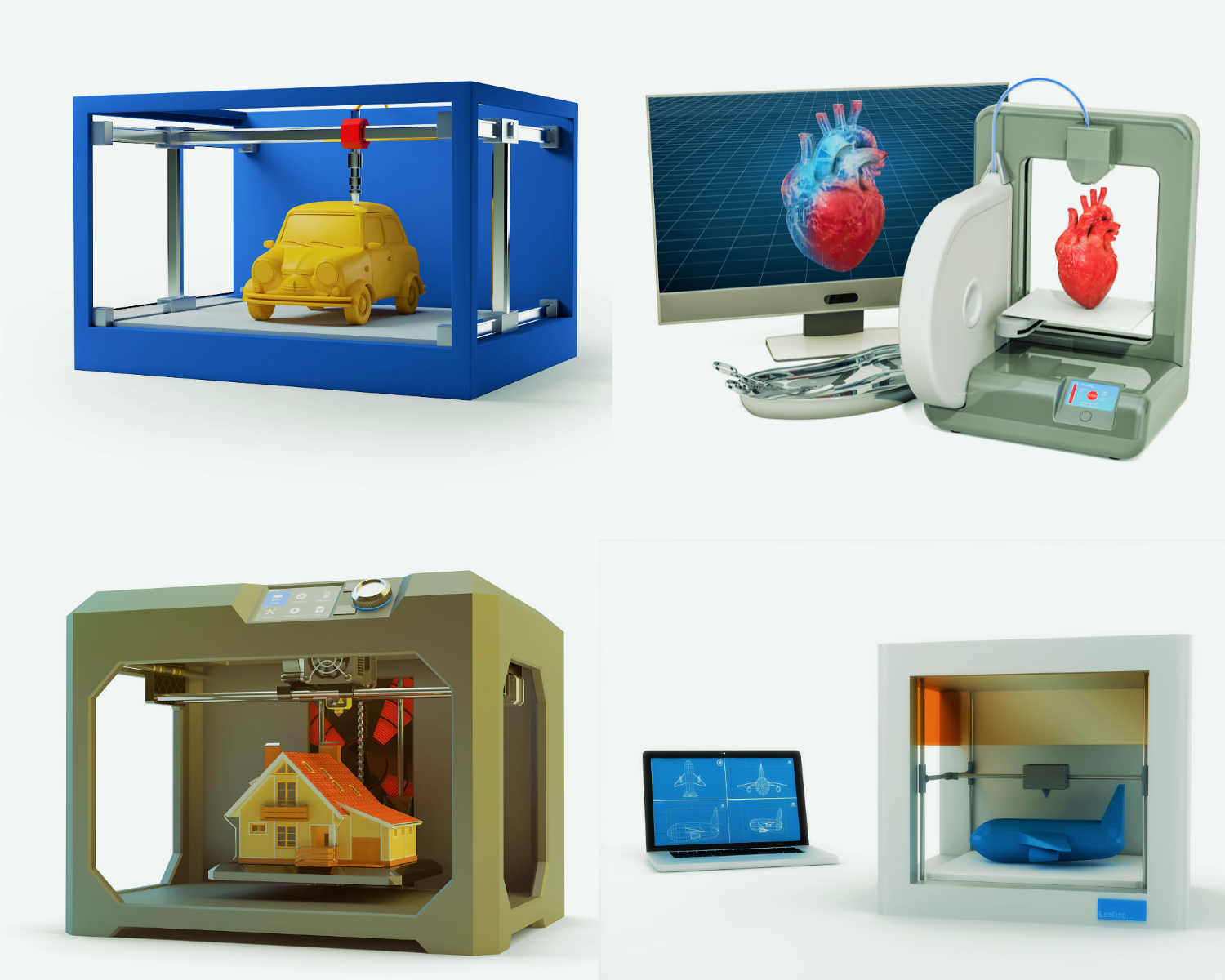
The Demonstrated Benefits of Automated 3D Printing
3D printing and automation have been a match made in heaven for a fair few years. A perfect example of this is Voodoo Manufacturing based in Brooklyn who catapulted their Project Skywalker onto their factory floor in 2017. The team introduced robotics or cobots into their 3D printing process which reduced the level of human intervention required for mundane and repetitive roles, allowing their skills to be used elsewhere. A robotic arm was installed to complete the harvesting operation which is basically an unloading and transportation phase. Once the printer has printed the product onto the plate, a signal is sent to the arm telling it to unload the product using its gripper and install a new plate. From here, a signal is sent back to the printer telling it to resume production. The robotic arm is controlled and programmed by a computer which rotates the stepper motors within each joint which is usually powered by a DC brushless motor. These movements are very precise, moving in exact increments which are repeated in this case continuously. Motion sensors are also used to ensure this accuracy.
Integrating this technology has increased their output by up to four times what it was previously and with the robot arm operating unattended in a lights out factory setting, it is clear to see why.
Is your automated process making headlines?
No matter your automation requirements, Northern Industrial has you covered. From replacement sensors and HMIs to drive repairs and obsolete spare parts, we are committed to fine tuning your printing operations.
Industrial automation is part of our DNA. If you are on the hunt for a complete automation solution for your additive manufacturing process, we are ready and waiting to provide the support you deserve in the fight against unplanned downtime.
Want to find out more?
If you'd like to learn more, click the button below and one of our helpful friendly team will be in touch. Alternately you can reach us by phone on +44 800 234 3747
Share this article

























